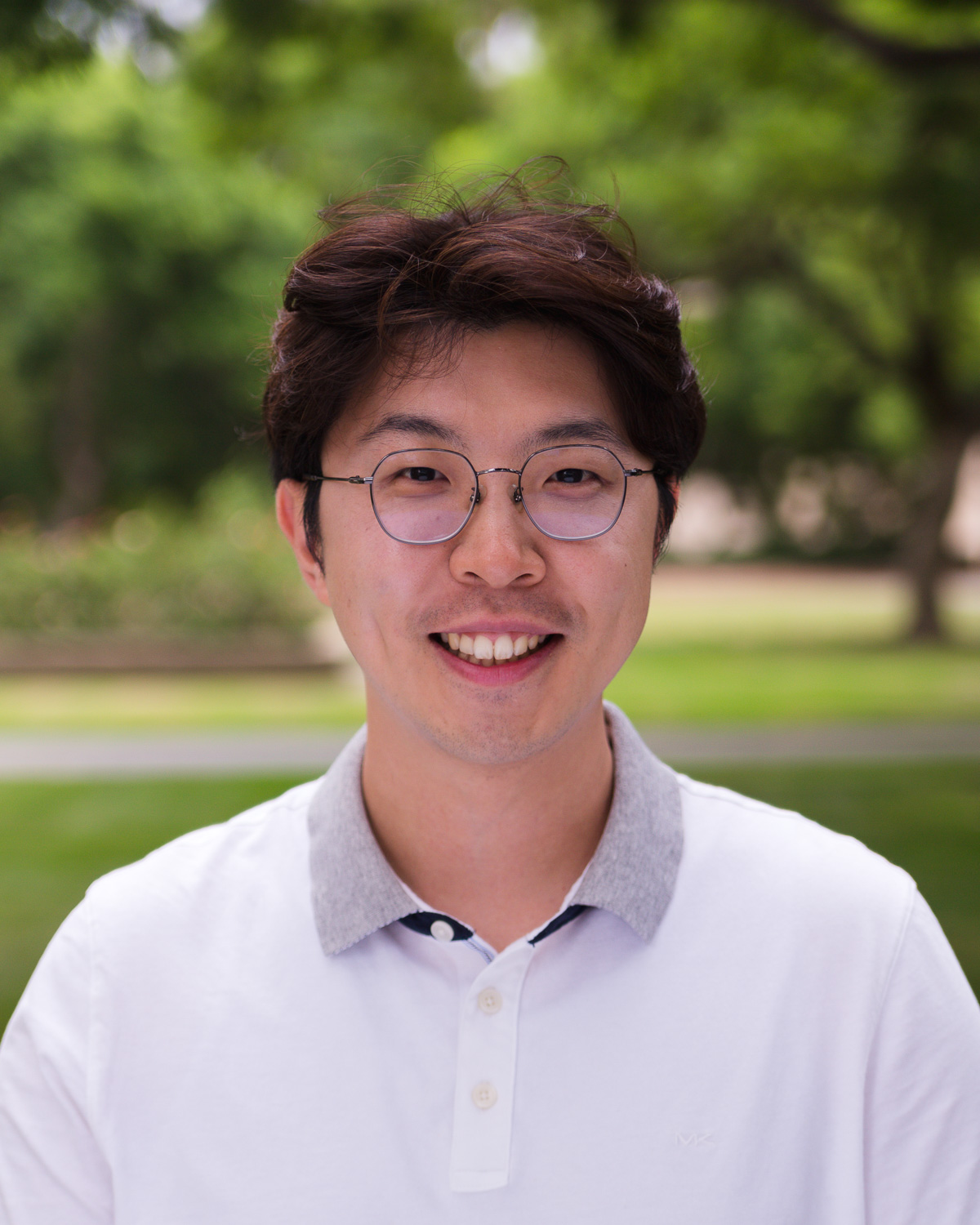
Joonhee Choi
“I am interested in understanding the quantum behaviors of many particles. When we measure individual atoms from our quantum simulator, we can distill the information necessary for analyzing the complex many-body dynamics. There are a lot of interesting quantum theories that encourage us to develop these robust quantum systems in experiment that simulate quantum phenomena in complex matter.”
IQIM Postdoctoral Scholar
Interview
I am interested in understanding the quantum behaviors of many particles. When we measure individual atoms from our quantum simulator, we can distill the information necessary for analyzing the complex many-body dynamics. Specifically, in order to claim that we built an actual quantum simulator, we need to verify if we really have quantumness, such as quantum coherence and entanglement, in our system. We do that by benchmarking our experimental data against the predicted behavior that we see in an ideal quantum model. After benchmarking, we know how much fidelity we have achieved in our quantum system. The measured fidelity from experiments guides us in how to improve fidelity by changing laser properties or making atoms more stabilized. If we can verify and demonstrate high fidelity in our system on an intermediate scale, then we will have high confidence that our system will behave as expected even on a large scale where theoretical predictions become intractable.
There are a lot of interesting quantum theories that encourage us to develop these robust quantum systems in experiment that simulate quantum phenomena in complex matter. In a practical sense, people are hoping to discover a new drug or use these systems in cryptography and information security. Since we cannot easily predict things in this large-scale regime anymore, this is an exciting regime, and we need new theories to open up large possibilities in both our theoretical understanding and experiences.
I have what some might consider an unusual hobby for a physicist, and if you see me around town, I just might be wandering through an art museum. My wife is a fine artist, and I have supported her over the years by attending exhibitions, but somewhere along the way, art turned into a passion for me too. I spend a lot of my free time searching for new artists and going to shows and exhibits. One of my favorite artists is James Turrell, an artist who has a particular interest in how we perceive light. While some may consider science and art to be distant fields of study, I find that these two fields are likely to complement each other. Not long ago when I was standing in a room that Turrell had created to observe the way that different light colors impact an audience, I was inspired and reminded of my own research with light. One concept with two very different approaches—both leading us toward understanding.
For this reason, I enjoy talking with my wife about art and science, and I find that as we have different perspectives and see the world in different ways, we each grow and learn together.